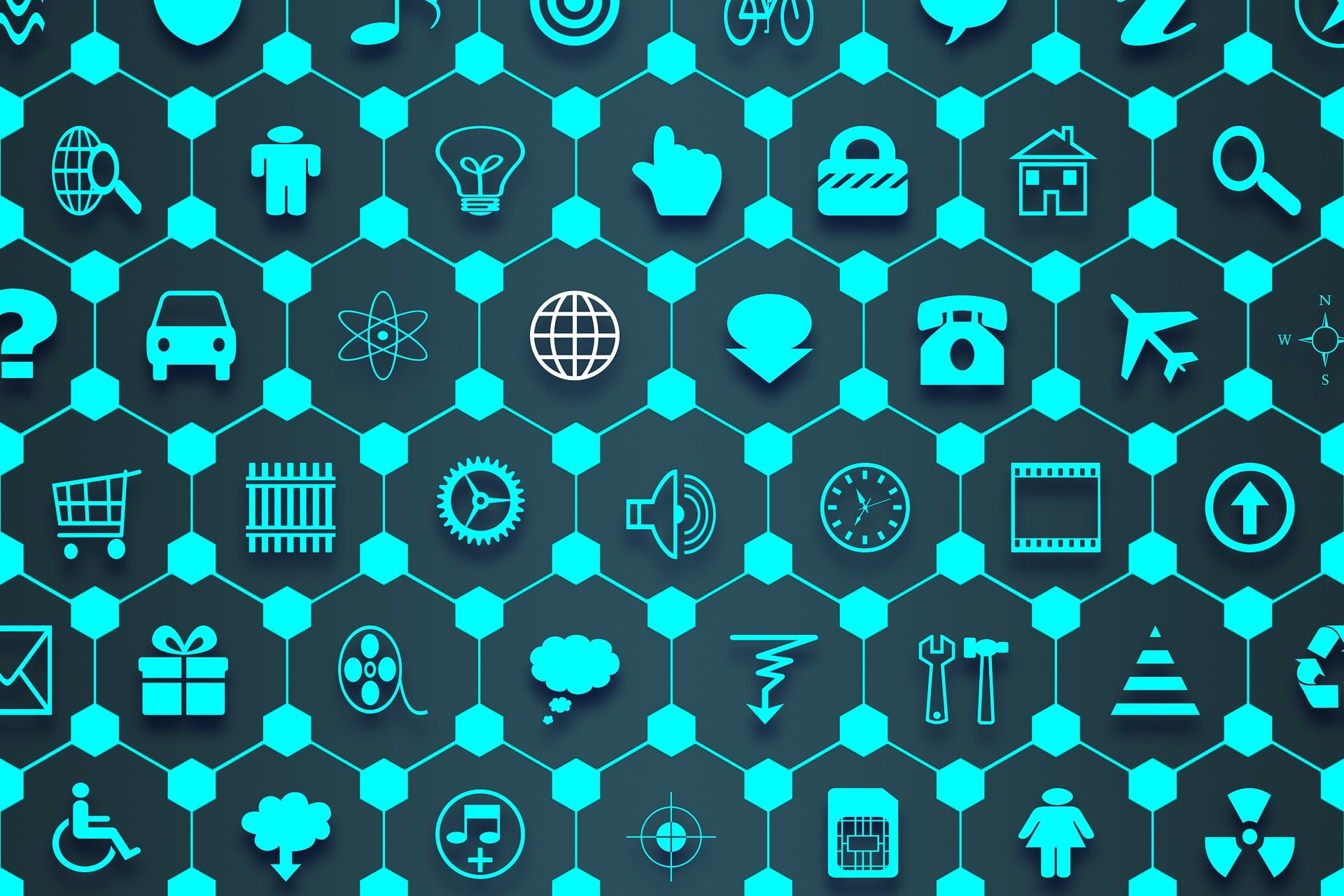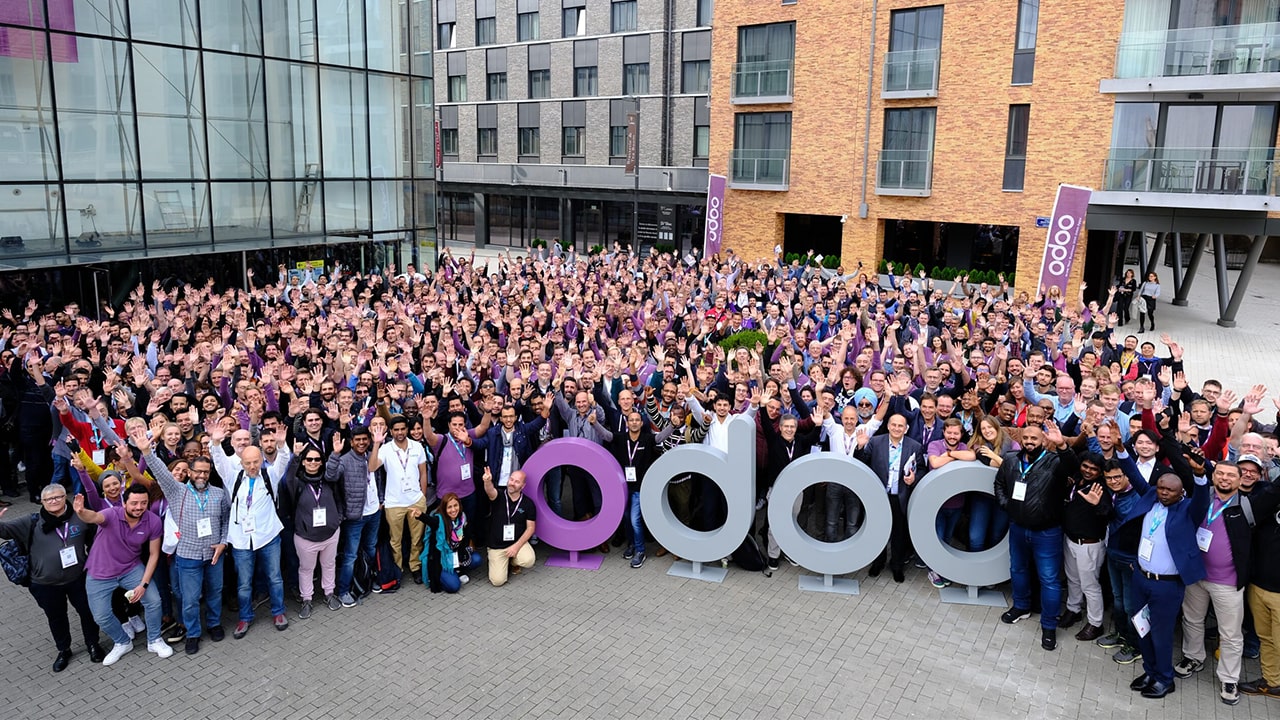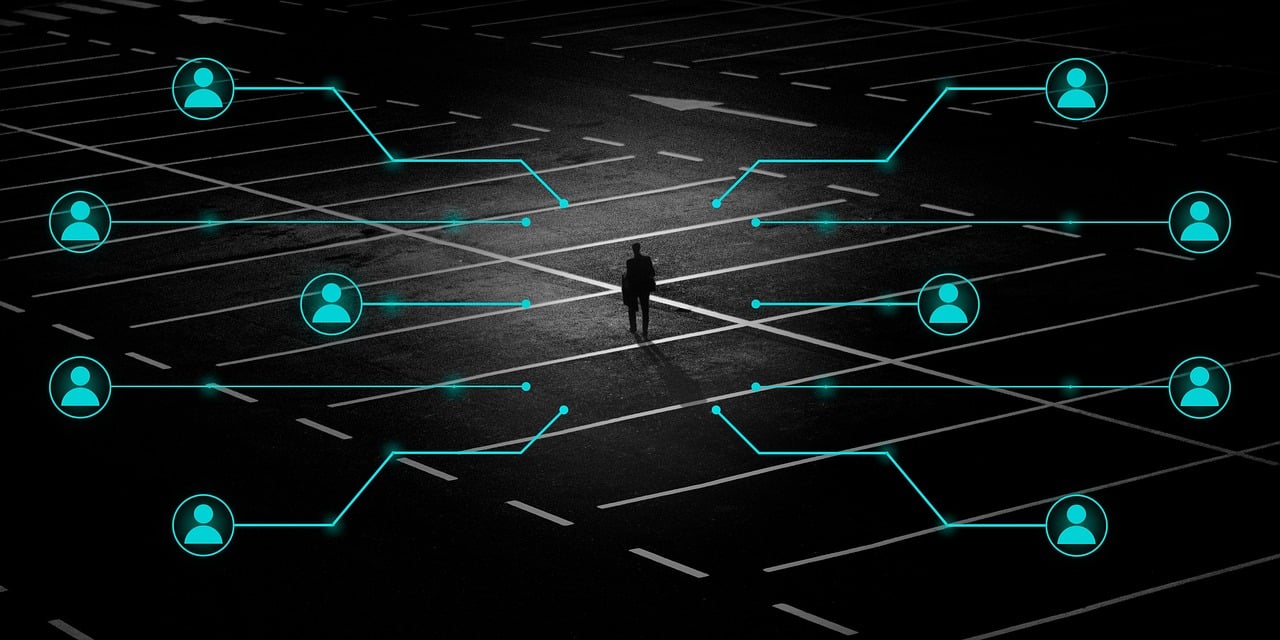
What is the IoT? Meaning, examples and applications
What is IoT: meaning
What is the IoT? IoT, acronym for Internet of things, is a term that indicates all those processes aimed at interconnecting devices, software and sensors through the use of an internet connection. By IoT we mean a very broad field of application, closely linked to technological innovation, which can be integrated into many sectors: from agriculture to the medical field, from information technology to the Public Administration.
The interconnection of sensors and devices allows the optimization of many business processes: starting from monitoring the data that are considered essential to carry out a specific activity and creating a communication circuit of such data to analysis software or management systems, in in such a way as to have an overview of the key factors of an activity in real time and allowing extremely advanced analyzes.
What is the IoT: examples
To better understand what is meant by the term IoT, let’s see some examples.
Let’s start with Bebop, Best Business Optimizing Platform, the mobile and web IoT platform developed by PC Cube. One of its applications is Bebop Asset and Fleet Management, a management software for geo-localization and control of corporate assets.
Suppose we are in the field of waste collection and want to understand how the IoT can help optimize this process. Those who collect waste are therefore equipped with a company fleet that takes care in the practical act of moving around a city, emptying the bins and taking the waste to a collection point or to a landfill. There could be several conditions for which this process is not optimized: the vehicles could travel longer than necessary or they could simply find themselves in front of a half-empty rubbish bin. How could this process be optimized?
If the bins were equipped with a device that communicates when the waste has exceeded a certain quantity for which it is necessary to collect it and this information was communicated to a management system that automatically plans the daily path of the fleets used for collection, then it would reach maximum efficiency. in terms of operation and consumption. The vehicles would consume less fuel, pollute less and consequently increase company revenues.
Everything we have just described is precisely the function of Bebop Asset and Fleet Management. The interconnection of devices and tools that until now merely performed a mechanical function is precisely the basis of the IoT, hence the name internet of things, because it is precisely things that become smart, communicating with each other and allowing them to be managed better. .
Another interesting example to explain what IoT is can be found in the agricultural field, where huge plots of land must be managed at best. If we imagine an agricultural field, we think of a phase in which the land is plowed and cultivated, subsequently fertilized and watered until it is harvested. So let’s think about what advantages could be had by watering the fields only when necessary or using ad hoc fertilizers depending on the characteristics of the soil or the parasites that are attacking it and finally thanks to the precise knowledge of the ideal moment in which to harvest the crops. All this is now possible thanks to the IoT, which will drastically revolutionize this and many other sectors.
What is IoT: sensors
A fundamental element when we talk about IoT are therefore the sensors, from which all the analysis and communication of the devices starts. There are sensors that allow you to monitor practically any characteristic: temperature of a container in which food and drinks or hospital materials are transported, tire pressure, wear of the brakes of a vehicle, chemical characteristics of the water, minerality of the rock, and many others. many others.








